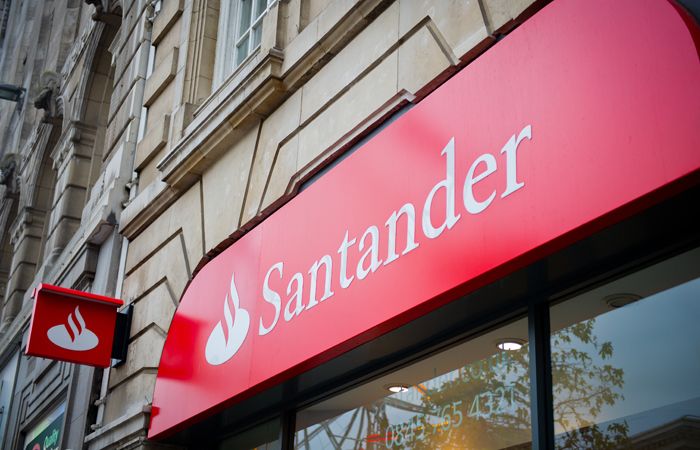
Average weekly rent in 2023 is 11% higher than in 2022, a new report from Foxton’s reveals.
The report shows rental prices remain high for the third month in a row.
There were over 35,000 new instructions in London this August, a decrease of 7% from July. However, this was 8% up compared to 2022 year to date.
Applicant demand increased 6% from July, although it has decreased 9% year on year.
There was an average of 23 new renters per new rental instruction, an 11% increase on July.
However, compared to August last year, the number of new renters per new instruction reduced by 17%.
Foxtons’ data found that East London has seen a 46% month on month increase in renters per instruction, with an average of 38 renters per instruction.
Over 10% of these new instructions across London were in Westminster, which had the highest proportion of instructions compared to other boroughs.
London continued to experience the highest rental applicant budgets seen in recent years, with a 7% increase compared to 2022 year to date, Foxtons data showed.
Renter spend rose 1% month on month, with applicants spending on average 100% of their rental budgets to secure a tenancy in August.
Foxtons managing director of lettings Gareth Atkins says: “August remained in line with our expectations and there was gradual, steady market growth throughout the year.
“Compared to July, demand rose, supply fell and prices remained consistently high.
“However, competition was not nearly as frenetic as it was in 2022 and as such, we have not seen further significant price increases.
“Across our office network, we continue to see more landlords requesting our management service to protect their asset from a financial and compliance perspective.”
Foxtons managing director of institutional PRS and build to rent, Sarah Tonkinson, says: “August had, as it always does, the largest volume of registrations of any month this year.
“Prices remained immovably high, and year to date, London is seeing its highest average rent prices in the last three years.
“On the other hand, with London demonstrating more robust stock levels than in 2022, we can clearly see what “normal” will look like in the market to come.
“It will be on landlords, developers, and their agents to differentiate their listings, utilise London’s renter demand and attract good tenants to their property, as we head into autumn.”



